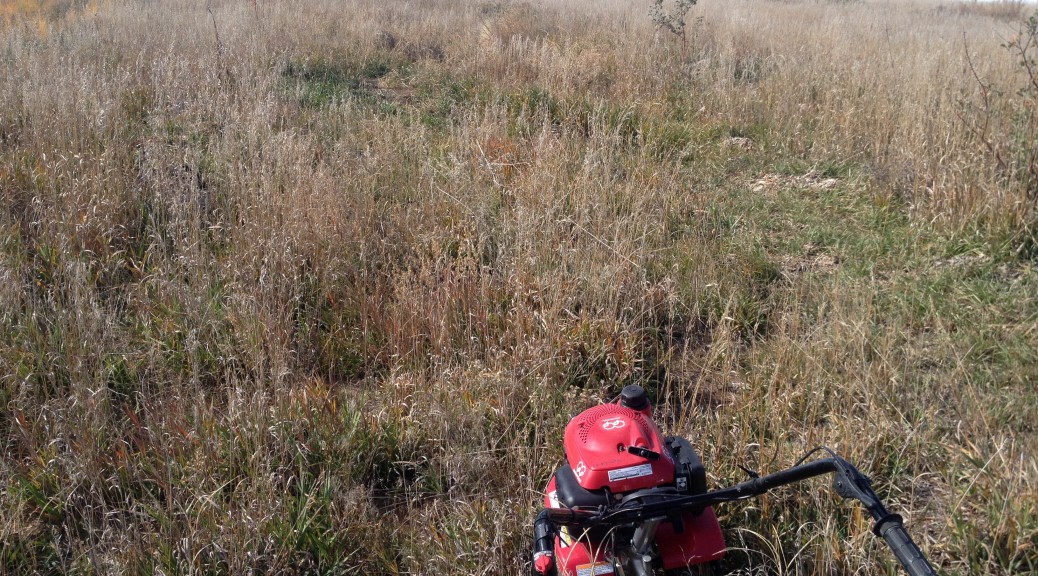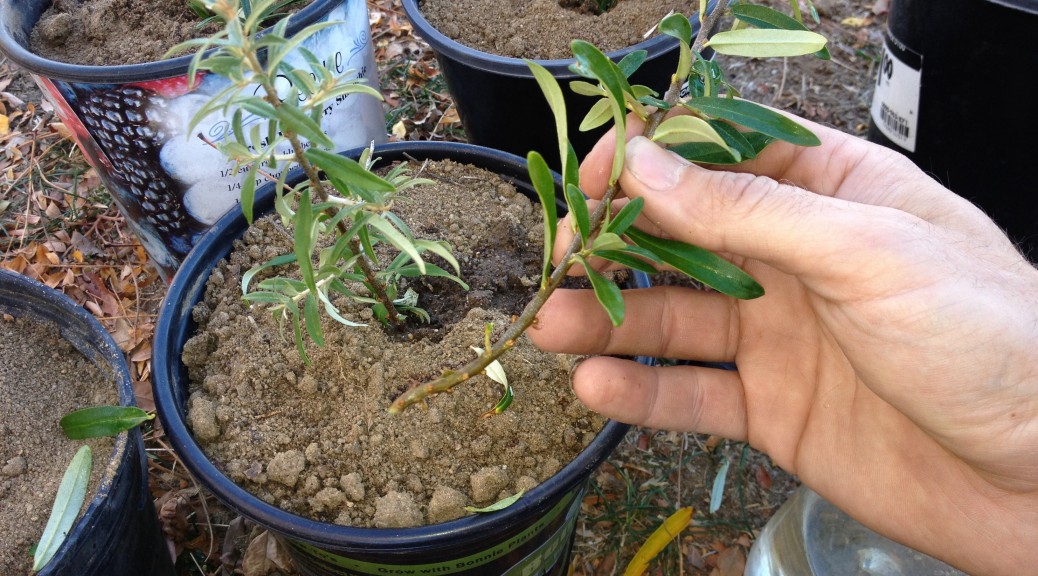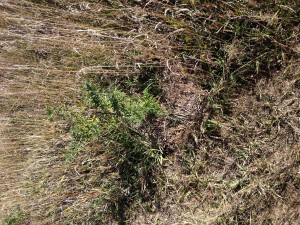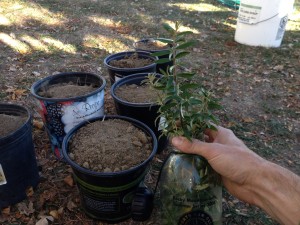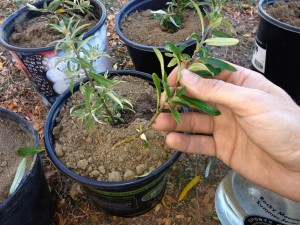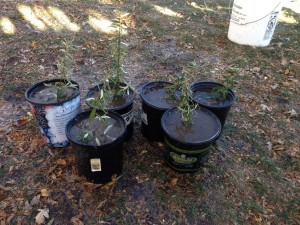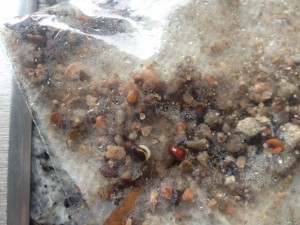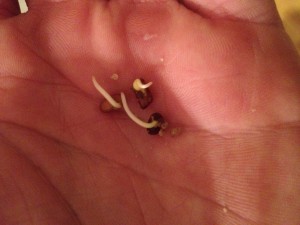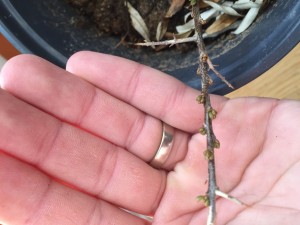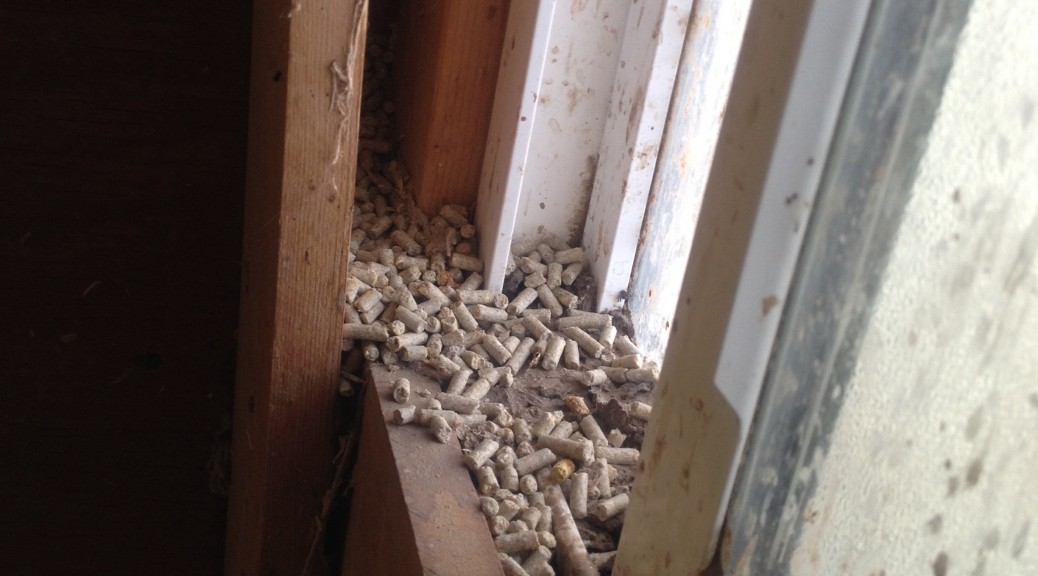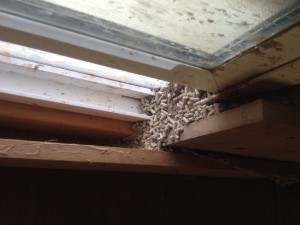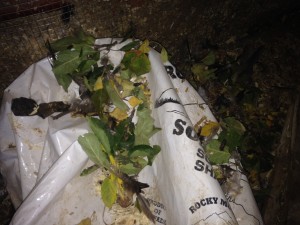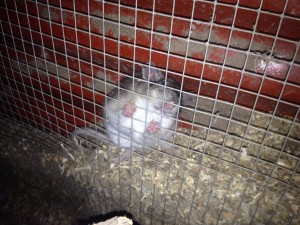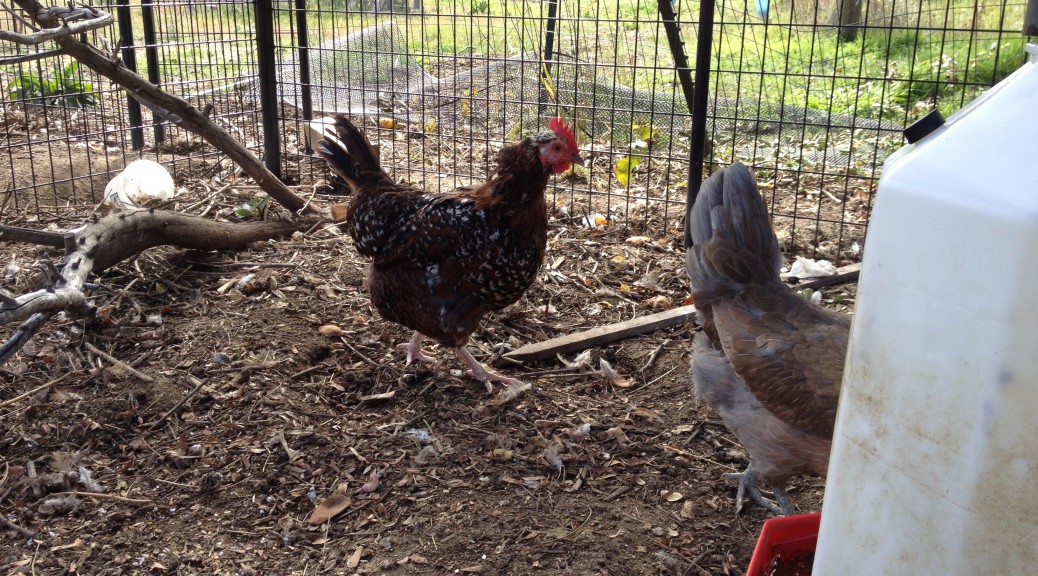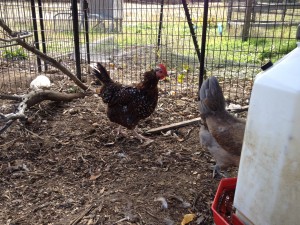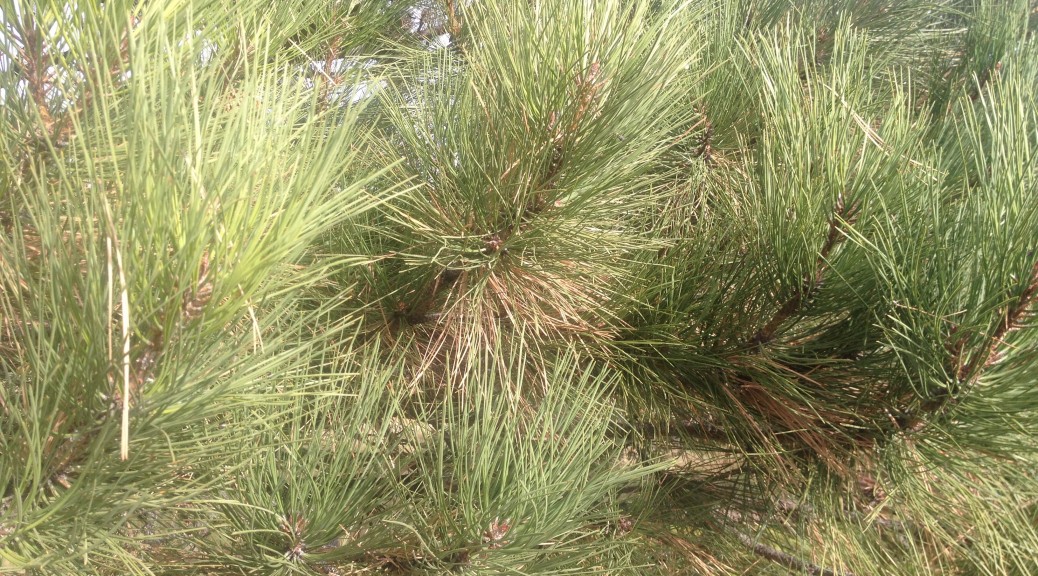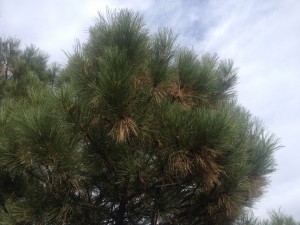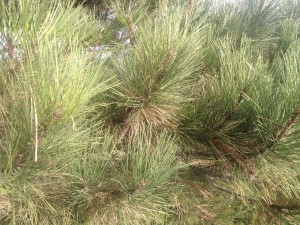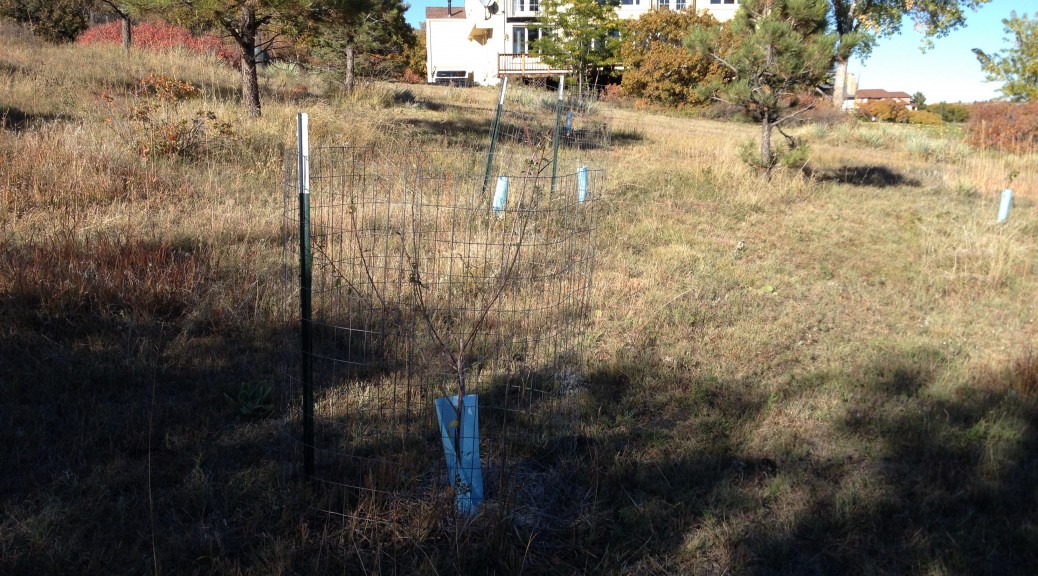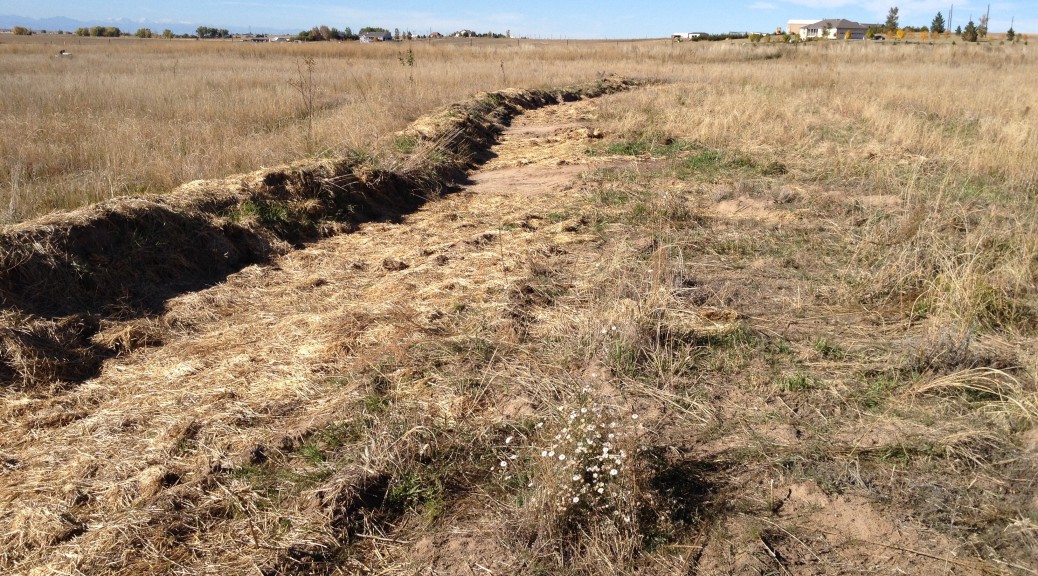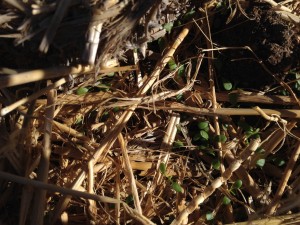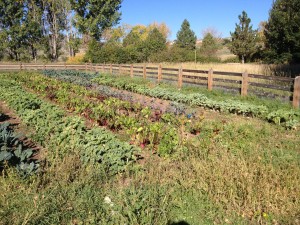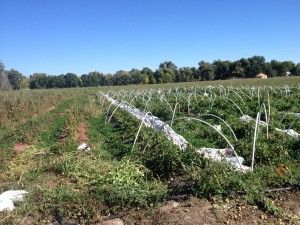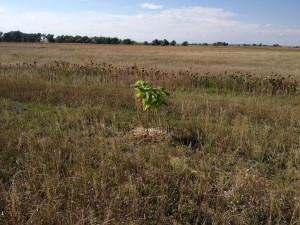Here we have a Honda powered tiller at Regen Farms, a permaculture farm. What is a tiller doing at a permaculture farm? We are about to plant some garlic (hardneck garlic). Garlic likes soils that drain (aka not clay soil) and since we have sandy soil the garlic should do well.
We are going to plant 3 kinds of garlic for a total of 50lbs. At spacing of 6 inches we will need a good bit of weed and grass free area thus the tiller. I read that garlic is one of the top 10 plants to grow for profit. So we are going see how it grows at the farm. If all goes well each Porcelain bulb will produce an average of 5 bulbs next year. Some garlic sells for $10 per pound. I read that 1 acre of garlic could produce $150,000 in revenue. At six inch spacing that would be a lot of garlic cloves to plant. And would need to produce 15,000 pounds of garlic to sell. We will see how it grows and what it produces on the high plains.
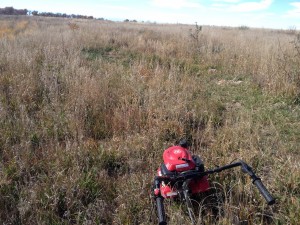
Tilling is not fun unless you consider using it a fun workout. It is a fully body workout. I ended up on my knees to maneuver it since I’m on the tall side. Planting tips for garlic include soil that is loose for 12 to 18 inches. Well the tiller didn’t get that deep so the pitch fork is also being used to get a bit deeper.
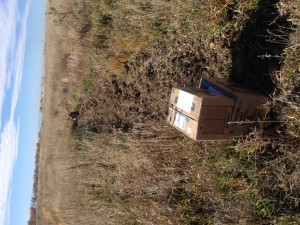
Below is some of the German Extra Hardy, Porcelain garlic we bought from KeenOrganics.com She suggested the three types we bought for our Colorado climate and for storage length.
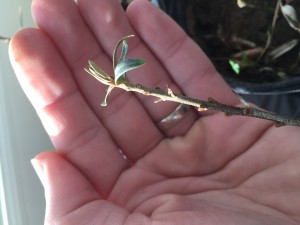
I wish I would have made a single or double only row so chickens in chicken tractors could be used to weed right up to the garlic. The plans changed when I found out how hard it was to till the ground. Might end up planting some of the garlic in the garden area where a small chicken tractor can do some weeding. I’m a bit excited to make a small chicken tractor that could be moved around the garden to do a lot of the weeding I did by hand this year!
The soil was amended with biochar, sea minerals, and leaves from last year. This area also had some cow manure from last year which is one of the reasons whey it was selected. The garlic is in the 2013 food forest just to the North of the 1000 asparagus plants.
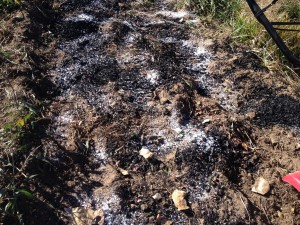
Hopfully I can convince, bribe or pay my kids to help break each of the garlic bulbs into the individual cloves.

